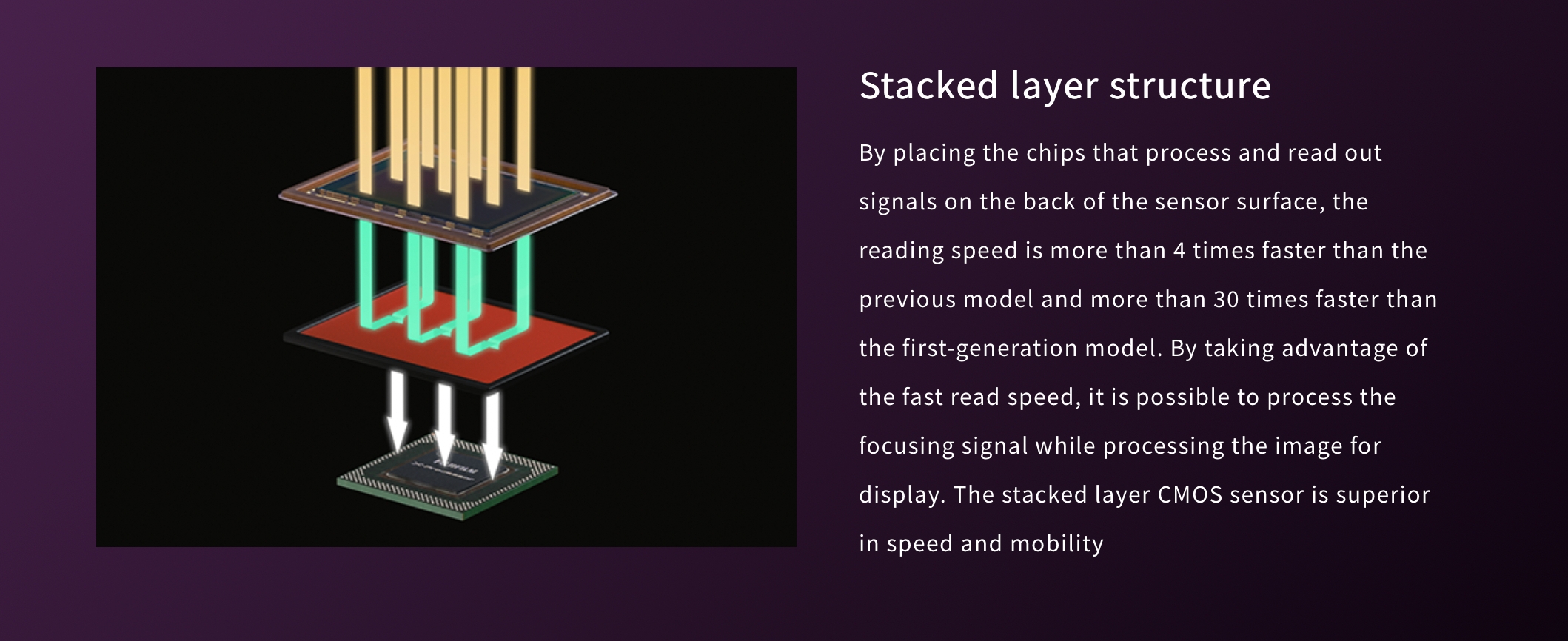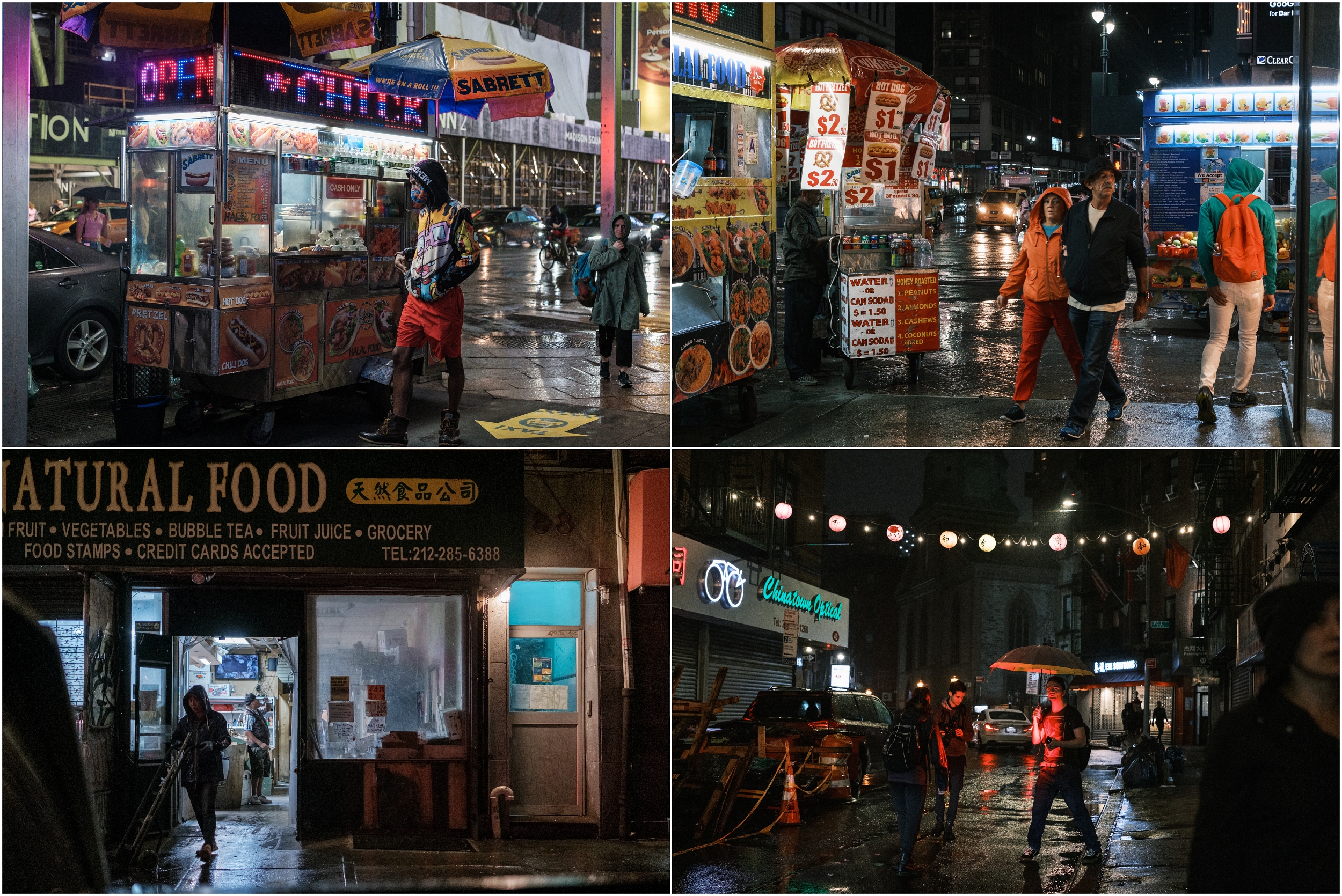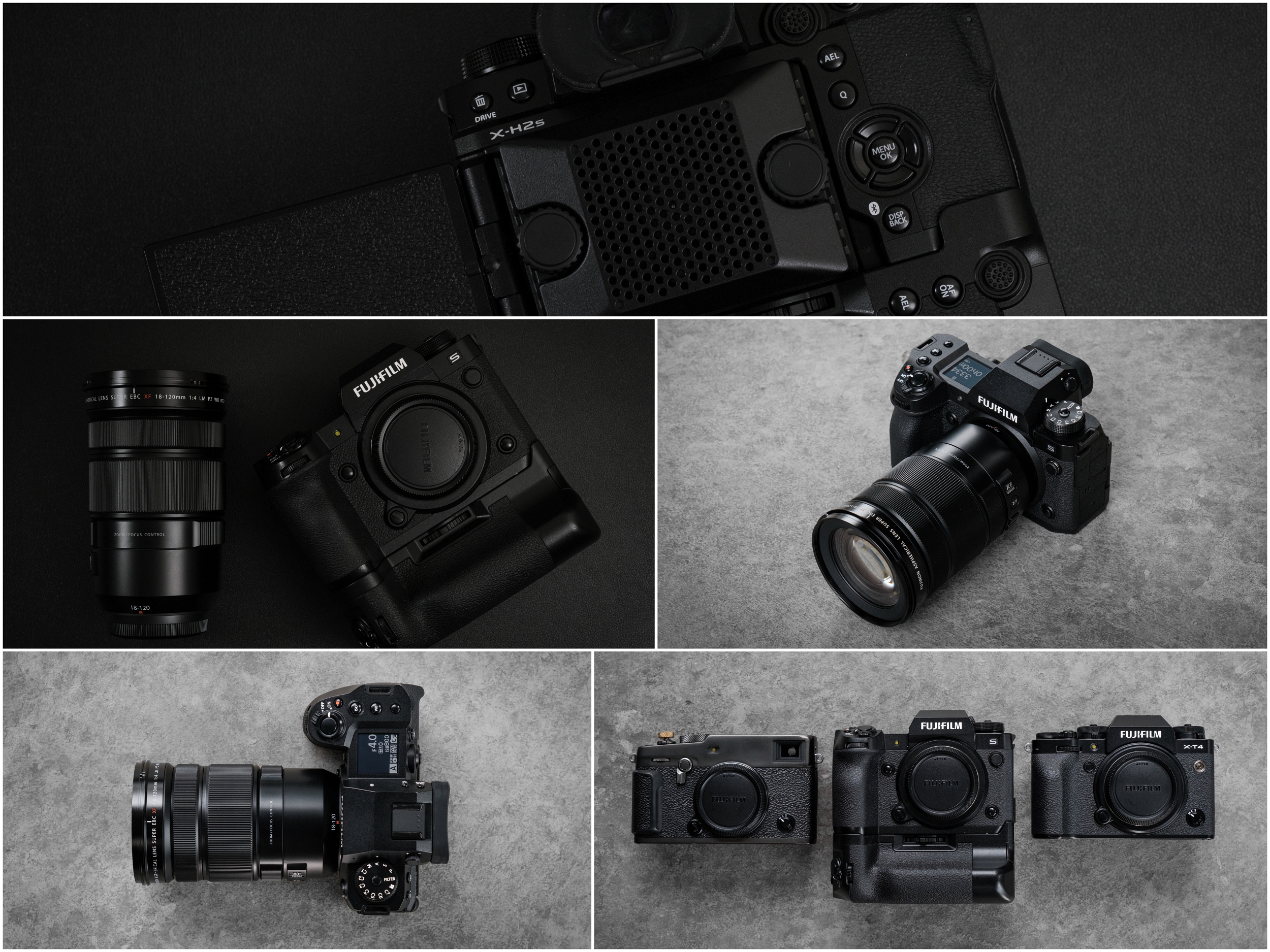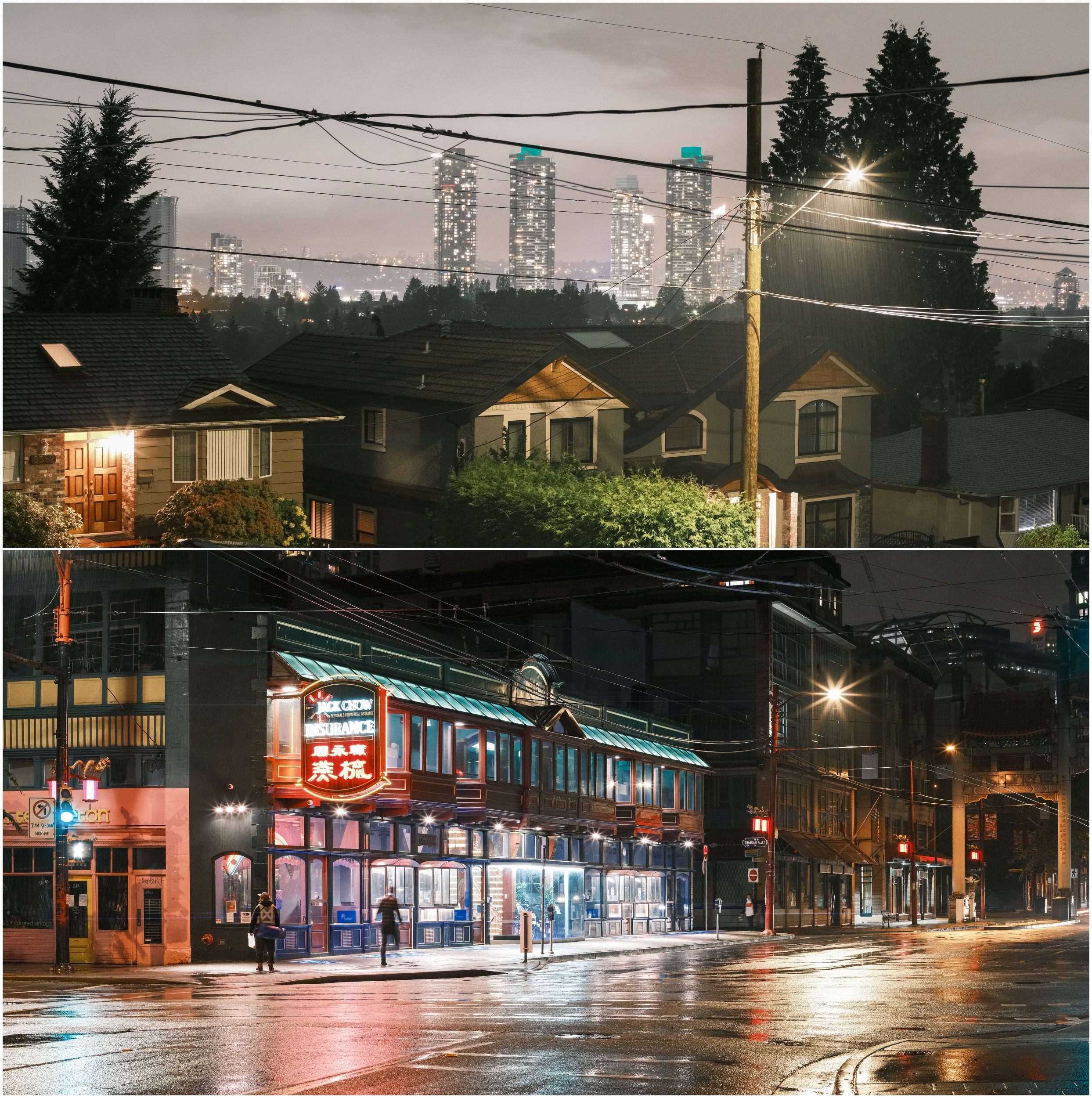Now that we’ve fast-forwarded ourselves into the new year, it’s time to look back at 2022, the ten-year anniversary of the Fujifilm X Mount. Ten years ago the system started off with the original X-Pro1 and XF35mmF1.4 R, and 2022 ended with the release of the X-T5 and the XF30mmF2.8 R LM WR Macro lens. Since I’ve had the opportunity to review all the new cameras and lenses launched in 2022, some might wonder which piece of gear I would pick as ‘the best’ of 2022. I can definitely choose which camera or lens I would consider as the most significant release, but each photographer’s ‘best’ gear is based on their own unique needs and/or demands. However, when it comes down to the three camera bodies released last year, I can say with confidence that the X-H2S is my pick for ‘Camera of the Year’ for the Fujifilm X Series.
What makes the X-H2S such a significant camera for Fujifilm? Since the hardware between the X-H2 and X-H2S is exactly the same except for the sensor, why would I choose the X-H2S over the 40MP X-H2? Most importantly, the X-H2S has a stacked sensor, the first for Fujifilm, and the first for the APS-C format. Currently, there are fewer than 10 interchangeable lens cameras with stacked sensors; most are them are flagship cameras and most have full-frame sensors. What’s so special about a stacked sensor? This quote is directly from Fujifilm’s website:
“By placing the chips that process and read out signals on the back of the sensor surface, the reading speed is more than 4 times faster than the previous model and more than 30 times faster than the first-generation model. By taking advantage of the fast read speed, it is possible to process the focusing signal while processing the image for display. The stacked layer CMOS sensor is superior in speed and mobility.”
With this new fifth-generation 26MP X-Trans CMOS BSI stacked sensor, the X-H2S is capable of 40fps electronic-shutter continuous black-out free burst shooting, with improved autofocus to boot. On the video side, the X-H2S is capable of 6.2K open-gate (or full 3:2 sensor read-out), up to 4K 120fps or 4K 60fps with no crop and class-leading rolling shutter control. Because the sensor is capable of processing so much information quickly, Fujifilm decided to install the X-H2S with a CF Express Type B slot. I know many photographers feel they don’t need these high-speed/high-capacity cards (up to 4TB and 1600 MB/s write speeds), but it future proofs the camera for future high-demand photo and video innovations. I tested the X-H2S with a Pergear 1TB CFE-B card with 1600MB/s read and 1300MB/s write speeds. This card is blazing fast and stable. If you compare the top-end 512GB SDXC cards with CFE-B cards, the price is similar but the read and write speeds are off the charts with the CF cards.
Another unique hardware feature of the X-H2S (and the X-H2) is the high-resolution 5.76 million dot EVF. I first experienced this EVF on the Leica SL2 and it was a joy to use. Just like the stacked sensor, not many cameras currently use this Sony-manufactured 5.76 million dot OLED EVF. In fact, the only other Fujifilm camera using this EVF is the $10,000 GFX100. Give it a try if you haven’t already because you will immediately notice the difference. It’s an immersive experience.
Since the X-H2S was announced as the new X Series flagship camera, it has other unique hardware advantages, such as an optional vertical control battery grip and accessory fan. It also has the ability to be fully controlled via software (due to the customizable buttons and PSAM dial), full-size HDMI, both microphone and headphone inputs, USB 3.2 Gen 2 Type-C for tethering, data transfer and in-camera charging. The deep hand grip with the forward-angled shutter button is great for low-angle photography and videography, and the large joystick from the GFX is placed perfectly where your thumb rests along the back of the camera. Moreover, the X-H2S has GFX-level build quality and is the best-built X Series camera. I compared the overall feel and build quality of the X-H2S against the X-T5, X-T4 and X-Pro3, and the X-H2S comes out on top.
Even though the X-H2S looks great on paper, how does it shoot in the field? Overall my shooting experience with the X-H2S has been positive. Although the PSAM interface isn’t the way I want to use my Fujifilm cameras, there are definitely advantages to having quick custom settings on your top dial. Please check out my various articles here at FujiLove on the X-H2S as well as my Youtube channel. Although most talk about the advantages of the stacked sensor for videographers, photographers can also take advantage of this unique sensor design. Many have noted they have no need for a 40MP sensor, so the 26MP stacked sensor is a great option for photographers as well. The X-H2S has a high throughput, a fast reading sensor with low rolling shutter, increased autofocus performance and a blazingly fast 40fps continuous burst shooting with no black-out. Even if you’re not into sports, wildlife or fast-action photography, there are times when you need that extra speed and power. I enjoyed using the X-H2S for wildlife, nature, low light and street photography.
Moreover, Fujifilm made the right decision to launch the X-H2S as the X Series flagship camera with the first fifth-generation sensor + processor combination with the unique stacked sensor technology. No, the X-H2S doesn’t have the classic X Series DNA with the traditional dials and knobs, but it allowed Fujifilm to flex its engineering muscles to show that the APS-C X Series cameras can compete against full-frame cameras with similar specifications and features. Although I’m still an X-Pro shooter for stills and an X-T shooter for hybrid content creation, there’s no doubting the importance of the X-H line-up to attract new users to the Fujifilm X Series ecosystem. I still prefer the design of the original X-H1 (dual top dials, 3-way articulating screen), but I believe in the X-H series. Although it’s not perfect, the X-H2S deserves to be the top-of-the-line camera for the X Series and my pick for 2022 ‘Camera of the Year’. Thanks for reading and happy shooting!




























